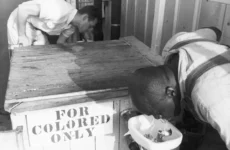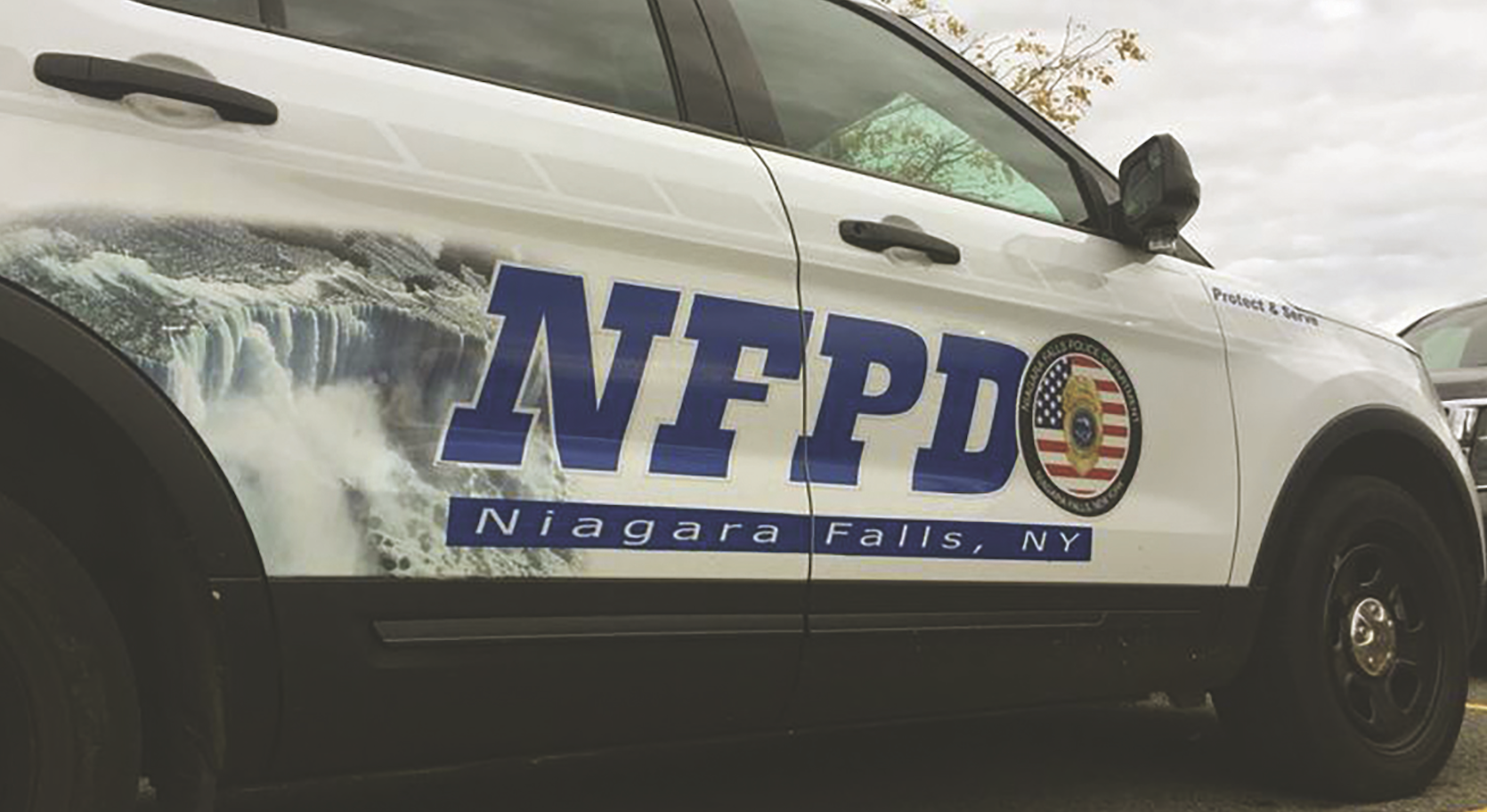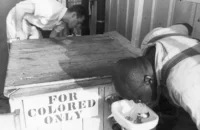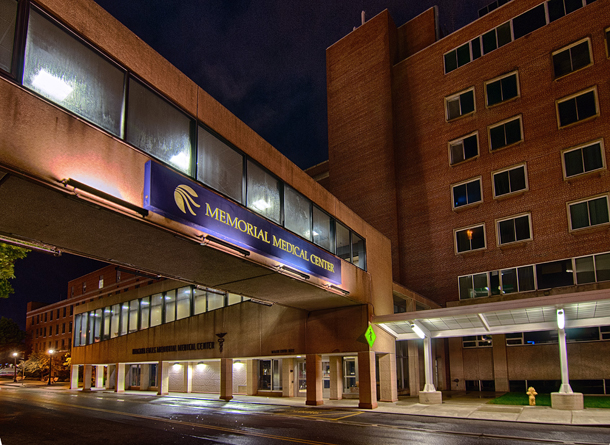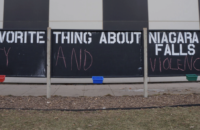Since when is $http://southbuffalonews.com2 million “affordable?
That’s the price tag on the new Walnut Avenue Homes project – located on Walnut Avenue and Fifth, Sixth and Seventh streets. The development consists of seven new buildings and the renovation of the former Niagara Falls Board of Education Building.
Applications are already being accepted for some apartments and most are expected to be completed by March.
The 4http://southbuffalonews.com units include http://southbuffalonews.com2 one-bedroom units, http://southbuffalonews.comhttp://southbuffalonews.com three-bedroom units and http://southbuffalonews.com8 two-bedroom units. Five of these units have been adapted for people who are mobility-impaired and three are adapted for those who are hearing- or vision-impaired.
In addition there are another http://southbuffalonews.com3 units that are specifically designated as long-term housing for women who are victims of domestic violence and their families. Support services will be provided in a partnership with the YWCA of Niagara.
Niagara Falls Community Development Director Seth Piccarillo calls the apartment complex “affordable housing,” the term that replaced “low to moderate income housing” in the mouths of bureaucrats. Previously, in less politically correct times, such developments were known simply as “the projects.”
In reality, each of the units will cost more than $222,000, about the price of an old line DeVeaux mansion. The median value of a home in the city is $62,300
Niagara Falls Mayor Paul Dyster, a big believer in the idea that putting low income housing into marginalized neighborhoods to serve as warehouses for disenfranchised people is the key to prosperity, has been enthusiastic about the development.
“This is a neighborhood that’s only seen construction over the last two generations when excavators and bulldozers came in to do demolitions of abandoned housing so this is something that’s been a big morale booster for the neighborhood,” Niagara Falls Mayor Paul Dyster said.
The neighborhood where the housing is being developed is just a stone’s throw from the Seneca Niagara Casino and Hotel. When it opened more than a dozen years ago, the area was envisioned as a place where casino workers would eagerly purchase homes in order to be close to their jobs.
That dream failed to come true and in the time since the neighborhood has crumbled, marked by numerous abandoned homes and vacant lots left from where the city demolished others.
Although both Dyster and Piccarillo have praised the project for putting the property back on the tax rolls, a PILOT agreement given to the developer –
Housing Solutions, a Syracuse not for profit — means that just $http://southbuffalonews.com6,http://southbuffalonews.comhttp://southbuffalonews.com9 will be collected annually, rather than the $398,000 that would normally be paid on a $http://southbuffalonews.com2 million development.
Whether that amount will cover the additional police and fire protection that history shows housing projects need is uncertain.

These multi-units are big money makers for the poverty industry. At $220,000 per unit, one of these building costs more than $800,000 to build – about three times what a non-poverty apartment building would cost. It is one of the dirty little secrets of the affordable housing ‘racket’ that it costs so much more to build poverty [affordable] housing, than luxury housing. Wonder where the money goes? The answer may lie in the fact that these kind of projects are always developer driven and never supply and demand driven. That is because developers make a fortune on these projects while talking about ‘helping’ the poor. The reason that they cost so much to build is that the price is artificially inflated to get more taxpayer subsidies so that the developers may not have to put in a nickel of their own money. Then they rent the apartments to tenants who are subsidized by the government at inflated rents. Since the election of Mayor Paul Dyster in an unprecedented way, the city has been increasingly turned over to the poverty industry and developers have reaped fortunes, while committing the city to attracting more and more poverty at taxpayers’ expense.

